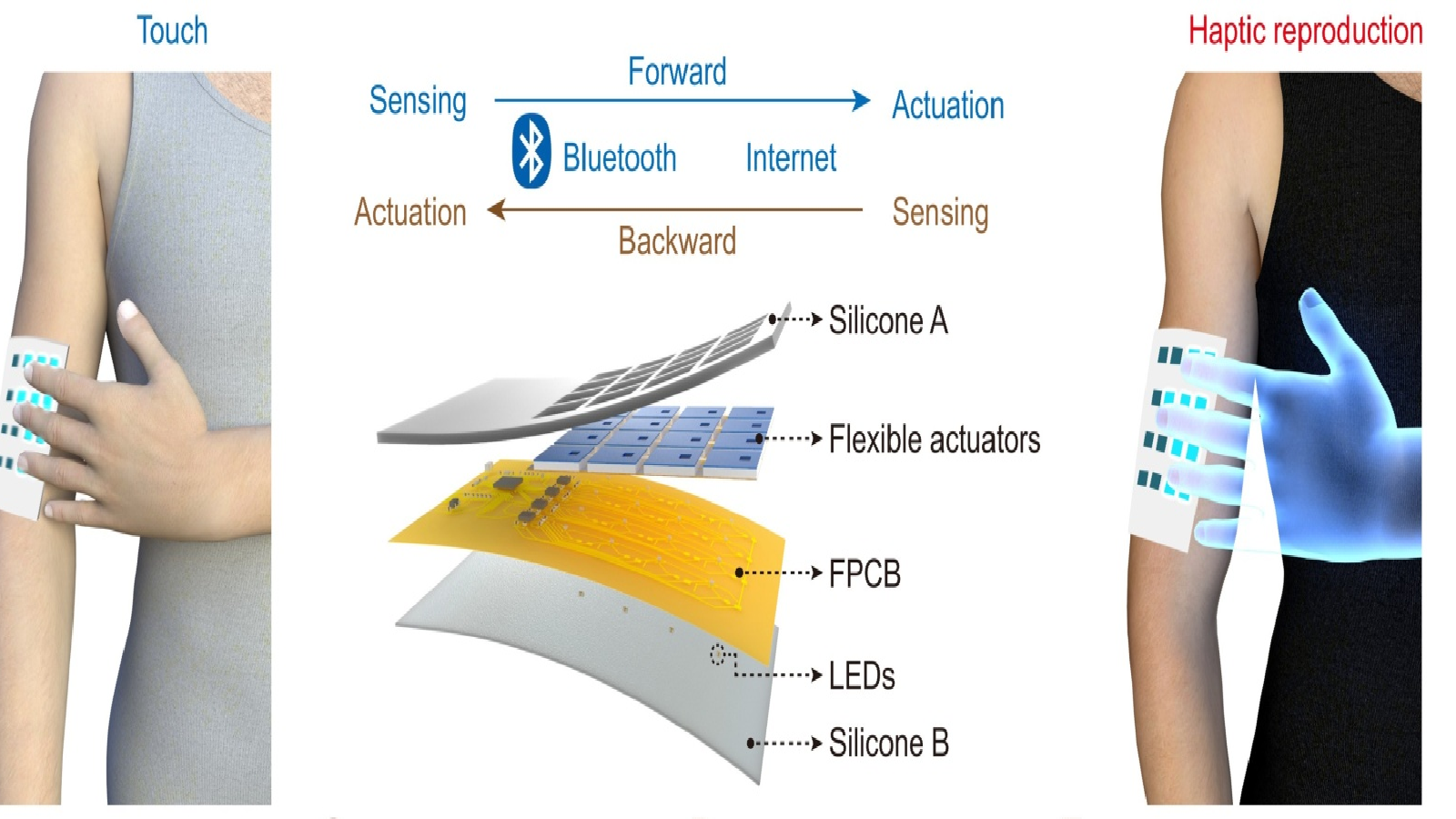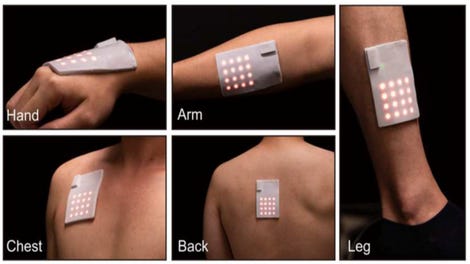Mata Amritanandamayi, 69, an Indian spiritual leader known simply as Amma, or “mother”, is a global icon. His nickname ? who is also called the saint of hugs (note. hugging saint).
Born in a modest fishing village in the state of Kerala, she was deeply affected by the plight of her poorer neighbours. To the point of regularly providing them with food and clothing. Today, according to the New York Times, his charities span the gamut: natural disaster relief, free care for the poor, free meals, orphanages and recycling initiatives.
But her most spectacular activity is when she sits in a large auditorium, and hugs people for fifteen hours non-stop.
The human touch
Yet since the coronavirus pandemic, if there’s one thing we’ve collectively felt, it’s that loneliness – or the lack of human contact – is devastating. The virus has deprived us of humanity’s most important social act. We have gone from handshakes in the workplace and hugs with friends and family to confinement and strict no-contact rules.
This pandemic-induced deprivation has even given rise to the phrase touch starvation in an attempt to encompass the spiraling rates of depression and anxiety that have followed the pandemic.
Further proof that psychological disorders are often triggered by physical factors, experiments have shown that scanning the brain of a stressed person can induce a calmness in them when you hold their hand, and even if it’s by a stranger.
For newborns, touch is a survival tool, because being held in the arms dramatically regulates heart and breathing rates, and its absence is known to cause distress.
This importance really comes into its own when you consider the intricate network of nerve fibers in our skin that have evolved to detect and respond to another person’s touch.
Touch helps trigger the three hormones that promote well-being: oxytocin, also known as the “love hormone”, serotonin, which regulates mood, and dopamine, which is a pleasure-inducing neurotransmitter.
So what if we took Amma’s soothing touch philosophy and channeled it through the Internet?
What if you could hug your loved one to give them much-needed comfort, in good times and bad, and feel the reassuring contours of their back and hands, even if they are thousands of miles from home?
A team of scientists from the City University of Hong Kong have developed an e-skin marvel that lets you do just that, pushing the boundaries of tactile science and creating new possibilities for solutions in the fields of augmented reality. (AR) and virtual reality (VR).
Touch wiring

A new electronic skin designed by engineers at the City University of Hong Kong will allow you to send and receive hugs via the internet. City University of Hong Kong via Science Advances, Volume 8, Issue 51
Haptic feedback is a popular and evolving technology that allows humans to “feel” things, like the vibration of a gamepad in the hand.
Merging with the worlds of AR and VR, technologists envision being able to train surgeons or jet engine technicians through 3D images and a glove capable of providing complex feedback. . Location suddenly doesn’t matter.
However, the problem so far is that it is impossible to simultaneously provide tactile sensation and haptic feedback or reproduction.
Now, scientists in Hong Kong have managed to do both things at the same time: receive the physical sensation of a handshake (haptic feedback) while sending a wireless, contactless touch that someone other can feel on the other side of the connection.
What’s more, it’s possible to wire up an entire network, so thousands of people can experience the same feeling in what scientists call a tactile intercom.
How does it work?
On a 4.2 mm thick skin-like patch is a flexible electronic board that houses an array of 4×4 sensors called actuators, along with a microcontroller and a Bluetooth module.
These actuators, which are each the size of a dime, consist of a flexible coil and a soft silicone backing, and act like buttons.

Flexible electronic skins with “actuators” allow “touch intercom” with thousands of people. City University of Hong Kong via Science Advances, Volume 8, Issue 51
When a user presses and releases an actuator button, a current is generated according to the principle of electromagnetic induction and is then transformed into a digital signal by an analog-to-digital converter on the circuit board of the e-skin.
This signal is sent by Bluetooth, via the internet, to another e-skin equipped with the same actuators.
At the receiving end, the reverse process occurs: the same digital signal is converted to analog signal for haptic feedback. The longer the actuator button is pressed, the longer and more powerful the sensation or vibration felt on the receiver side.
Equipped with 15 actuators, these electronic skins are able to perform a bio-directional tactile transmission simultaneously.
“Our electronic skin can communicate with Bluetooth devices and transmit data through the internet with smartphones and computers to achieve ultra-long-distance touch transmission and form an Internet of Things (IoT) touch system, where the One-to-one and one-to-many tactile transmission could be achieved,” Associate Professor Yu Xinge said in a paper published in the journal Science Advances.
“This form of touch overcomes the limitations of space and greatly reduces the sense of distance in human communication,” he added.
Cognitive psychologist Jeremy Bailenson, director of Stanford University’s Virtual Interaction Lab, is a strong proponent. “What we’ve shown in our studies is that this virtual touch is welcomed. You can even get emotions out of it,” he said. “People could very accurately understand, twice as much as chance would have predicted, the other person’s emotion through this virtual reality touch,” he told CNN.
“And what my research has shown is that from a psychological and perceptual perspective, people perceive virtual touch the same way as physical touch when it comes to emotional gestures,” a- he added.
Beyond tactile emotional feeding, the technology has major implications for telemedicine, where doctors can perform physical exams, and for the visually impaired, who could benefit from tactile guidance via electronic skins, and it is also possible to send messages in Braille.
This technology could become indispensable for the design of video games, entertainment and countless other applications using touch and remote feedback. And imagine what the saint of hugs could do with it.
Source: “ZDNet.com”
